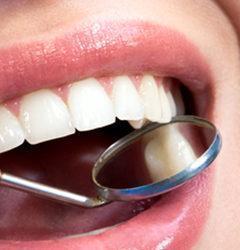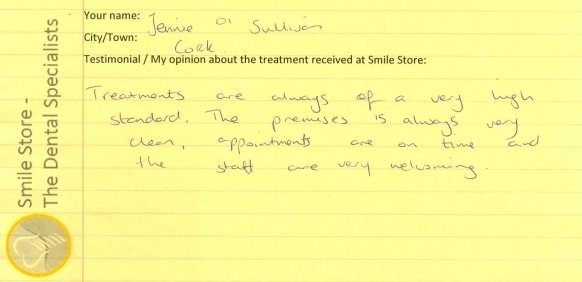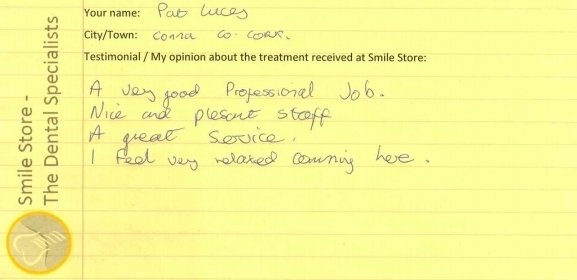
Disadvantages of old silver-coloured Amalgam fillings
Amalgam fillings have many drawbacks.
- The silver/ mercury fillings are unattractive and can actually result in a weaker tooth structure.
- The edges of the silver filling can wear down, become weak or break. This results in the tooth not being protected and allows cavities to start once more.
- With age, the metal of a silver filling expands, contracts, and can split. Usually it is part of your tooth itself that will crack or break off, ultimately leading to a
- larger filling, crown and even root canal treatment.
- Silver fillings contain 50 percent mercury. They can corrode, leak and cause stains on your teeth and gums.
How Large are your Fillings?
Depending on the size of your amalgam fillings, we can replace it in a variety of ways. If the filling is small and the tooth needs a direct restoration, we’ll replace the amalgam filling with a tooth-coloured one. This can be done in one appointment. If your filling is larger, we recommend something called an indirect restoration. This is when your amalgam filling is replaced using a very strong tooth-coloured dental inlay or onlay.
The indirect restorations are made of gold, porcelain or a processed composite resin. Depending on where in your mouth the restoration will be, you can choose whichever material you wish. The process of doing an indirect restoration takes two appointments.
The First Appointment
- The old filling is removed along with any decay.
- An impression is made of your teeth and sent to the lab for fabrication.
- A temporary cover is placed on the tooth while the work goes on in the lab At the Lab
- A custom-made restoration of the missing piece of your tooth is placed onto the model of your teeth to make sure it fits correctly and looks natural.
- Your Second Appointment The temporary cover is removed from your tooth
- A conditioning gel is placed on your tooth to prepare it for the new restoration.
- Bonding cement is placed on the tooth, and specialised high- intensity light is used to bond the new restoration tightly to your tooth.
- The tooth and restoration is then polished.
- Your tooth is now strong; looks perfectly intact and is well protected from further damage.




